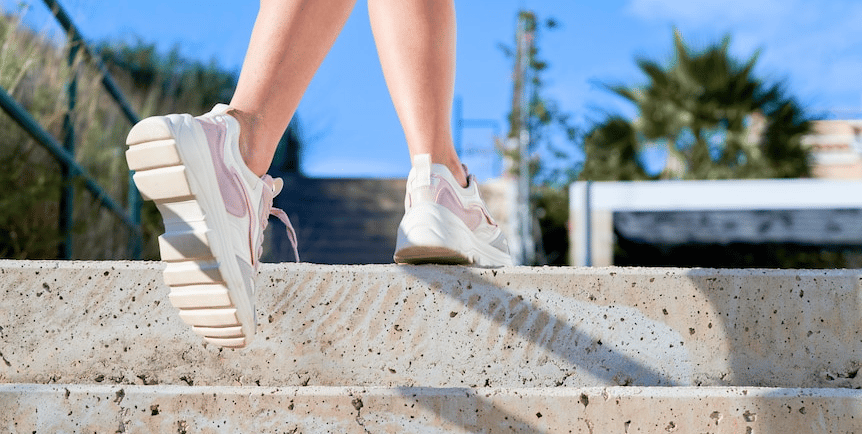Walking into Wellness: How 7,000 Steps a Day Changes the Health Game
A sweeping new study finds that 7,000 steps per day far less than the often-cited 10,000 target are linked to meaningful reductions in chronic disease risk and mortality. We examine what the data reveals, what it means for everyday health, and how simple choices can reshape long-term wellness.
FITNESS


The idea of walking daily as medicine is hardly new. But what if the landmark 10,000-steps goal is more myth than mandate — and a lower, more realistic benchmark could deliver most of the health benefits people hope for. Recent research out of Australia finds that 7,000 steps per day may be the sweet spot for lowering risks of chronic disease and premature death. In framing wellness, this shift matters: it redefines what’s achievable, what’s impactful — and invites more people into a health journey that feels possible, sustainable, and potent.
In a study led by University of Sydney epidemiologist Professor Melody Ding, data was drawn from more than 160,000 adults across 57 separate research studies. Participants wore step‐tracking devices, enabling investigators to associate daily step counts with health outcomes spanning mortality, dementia, cancer, cardiovascular disease, depressive symptoms, type 2 diabetes, and risk of falls. ABC
Key findings make for powerful context. Compared with those walking only about 2,000 steps daily, people who hit ~7,000 steps had nearly a 47% lower risk of death from any cause. Dementia risk dropped by 38%, cancer mortality by 37%. Risks of cardiovascular disease fell by roughly 25%, depression by 22%, type 2 diabetes by 14%, and risk of falls by 28%. ABC+1
What surprised many was the plateau effect. Beyond ~7,000 steps, additional health gains did not decrease linearly for most outcomes. Walking 10,000 steps still offered extra benefits in some cases (especially for cardiovascular outcomes), but for many conditions the curve flattened. That means for a broad group of people, 7,000 steps may deliver much of what 10,000 was thought to guard — without the pressure. ABC+1
Even more encouraging is that benefits begin well below 7,000 steps. Moving from very low activity (around 2,000) up to about 4,000 steps showed appreciable improvements in health outcomes. For those currently inactive, the message is powerful: raising activity even modestly can yield real gains. ABC
Everyday life scenarios make this data practical. Imagine choosing stairs over escalators, parking further from entry points, walking sections of errands rather than driving, or short post-meal walks. These may seem small, but they add up toward that 7,000-step threshold. For many people balancing work, family, and other demands, securing 10,000 steps is hard. Reframing wellness around 7,000 steps makes the goal more inclusive, less daunting — and more likely to stick.
From a public health perspective the shift is meaningful. Guidelines built around overly ambitious targets may discourage those furthest from them. When advice becomes more realistic while still firmly rooted in solid evidence, behaviour change is more plausible. Policy makers, health practitioners, and employers may use this insight in designing programs, workplace wellness, community infrastructure (walkable spaces, safe paths) that support incremental, everyday movement.
What remains clear is that walking, in its many unglamorous forms, carries power. The aggregated weight of small steps becomes large benefit. For readers, health professionals, and institutions alike, this study reframes what matters: consistency more than intensity, accessibility more than perfection.
TMFS holds that leadership in health discourse comes from aligning ambition with empathy, insight with achievability. The 7,000 steps finding is not a retreat but an advance — a recognition that health targets succeed when they are both evidence-based and human enough to adopt.
As you walk through your day, let each step count. Let modest strides become confidence. And let 7,000 steps not feel like the limit, but the threshold that unlocks fuller wellness.
All rights belong to their respective owners. This article contains references and insights based on publicly available information and sources. We do not claim ownership over any third-party content mentioned.
